How Outkast’s style sets the stage for their timeless Southern hip-hop
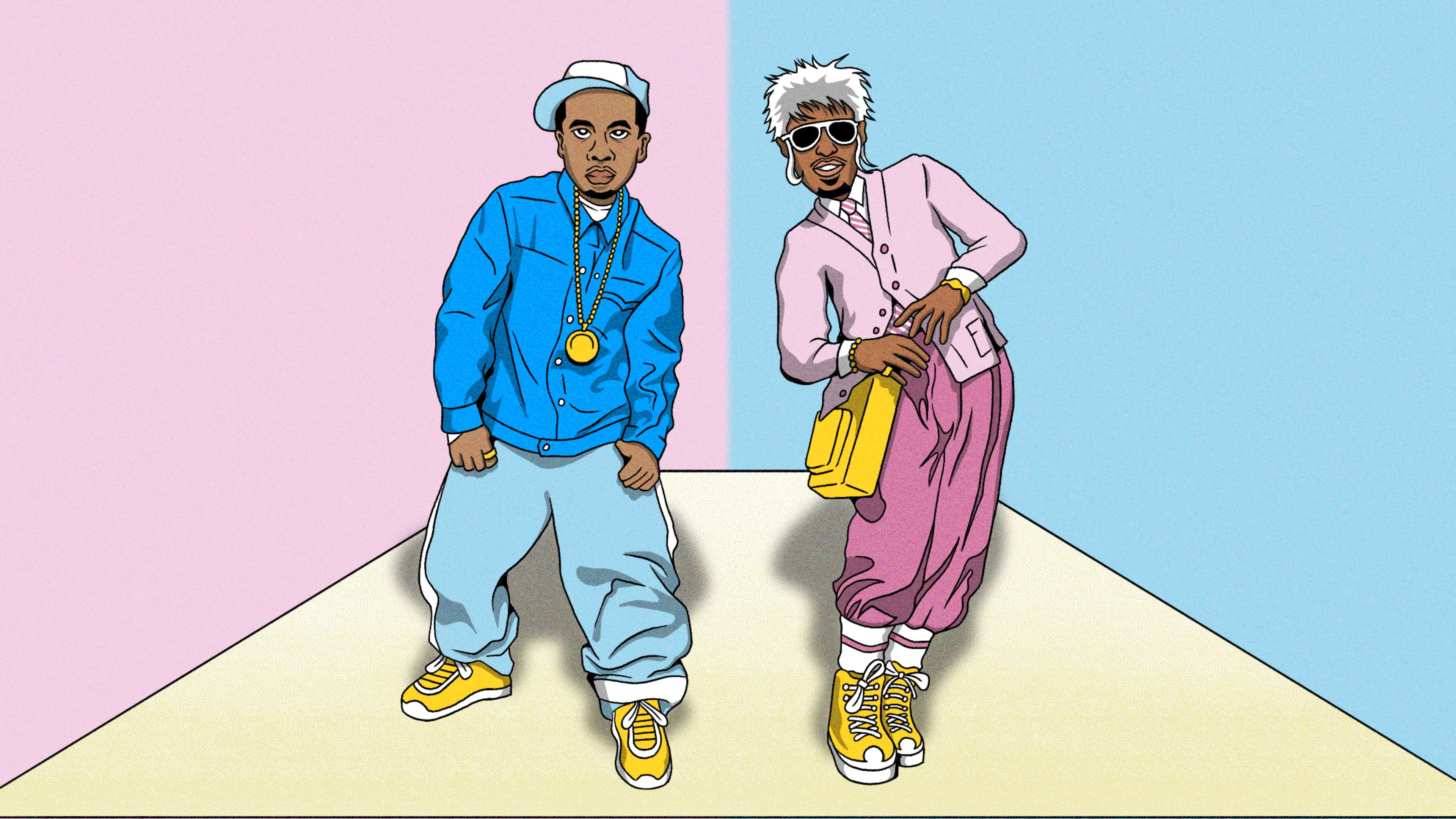
On a recent visit to New York City, I met a close friend, Karl Guerre, who is editor-in-chief of a quarterly publication that highlights culture art, and one of my favorite subjects, menswear.
As we greeted each other on a busy SoHo street, I noticed he was wearing a colorful, preppy pair of patterned trousers with delightfully matching sneakers.
While we embraced, I jokingly asked him why he was wearing an ode to Atlanta.
He responded that it wasn’t just a reference to Atlanta or the South, but more of a tribute and reverence to one of the most revolutionary and popular music groups of all time, Outkast.
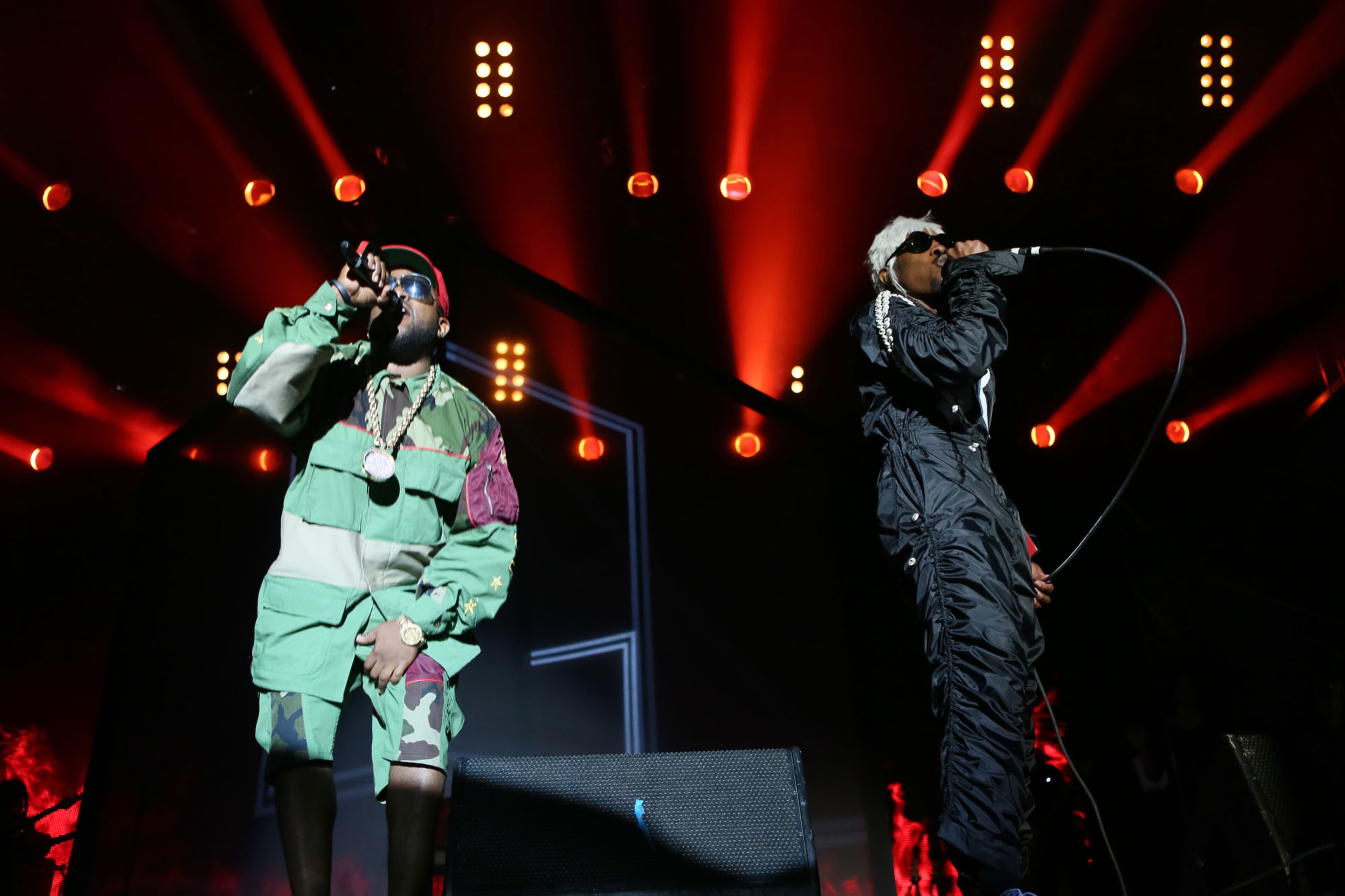
André 3000 and Big Boi have not only influenced genres of music but also societal norms by simply giving the world lyrics, laughter and authenticity to express ourselves not only in dance and rap but also in personal style.
Whenever I attend live musical concerts I usually observe three key attributes: the stage, the lyrical introduction to a song and the performers’ style of dress.
As I consider my last Outkast concert, these three components were key to my enjoyment, but I can clearly say the personal style of André 3000 and Big Boi stood out. Theirs is an intentional fashion collaboration of experimental avant-garde and Southern hip-hop.
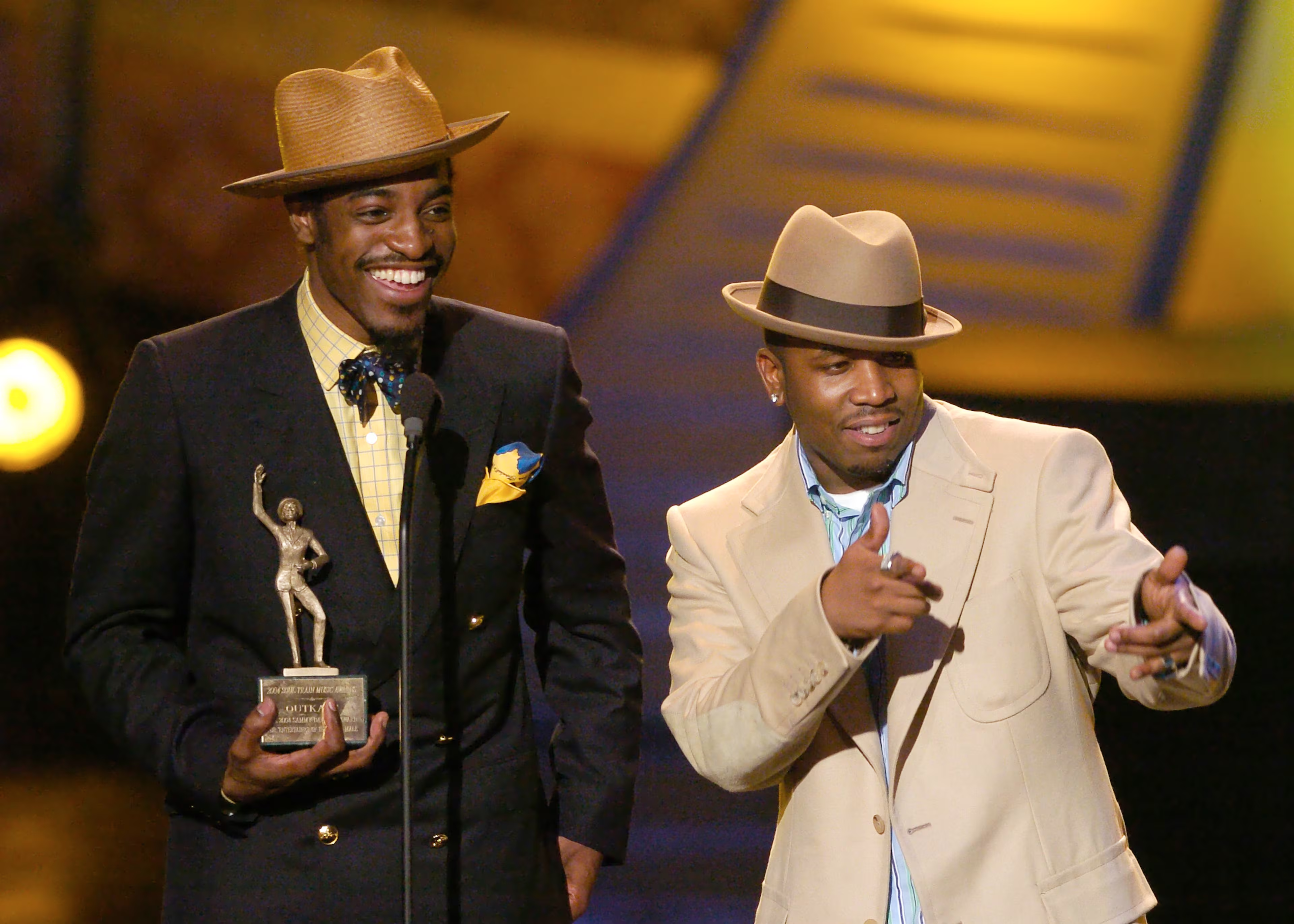
Outkast has made incredible songs like “Elevators” and “So Fresh, So Clean” on classic albums like “ATLiens” and “Stankonia,” but there’s a message in the music that transcends lyricism. Big Boi and André’s words are delivered not just vocally but visually, in looks and fits that are “futuristically hip-hop.”
For the look of “The Love Below,” André 3000 was a complete representation of dandyism, adorning tailored suits and ruffles. You saw it but you also heard it in songs like “Prototype” and “She Lives in my Lap.” The same was true with the companion “Speakerboxxx” album, visually represented in fashion through Big Boi’s luxury street wear, and lyrically on “Roses” and “The Way You Move.”
As time has evolved, these two musical icons have continued to match their lyrics to their style. The result is ironically unmatched, because of how brilliantly their vision accompanies their talents for dropping timeless hip-hop.
And because it all looks and sounds “So Fresh, So Clean” together, their style is replicated daily, not only in Atlanta and the South but throughout the modern world.
In fact, while writing this article, I realized I own a couple of Outkast-inspired outfits. One is a jumpsuit and a jersey mashup. Another mixes a leather jacket with a simulated kilt.
Let’s examine:
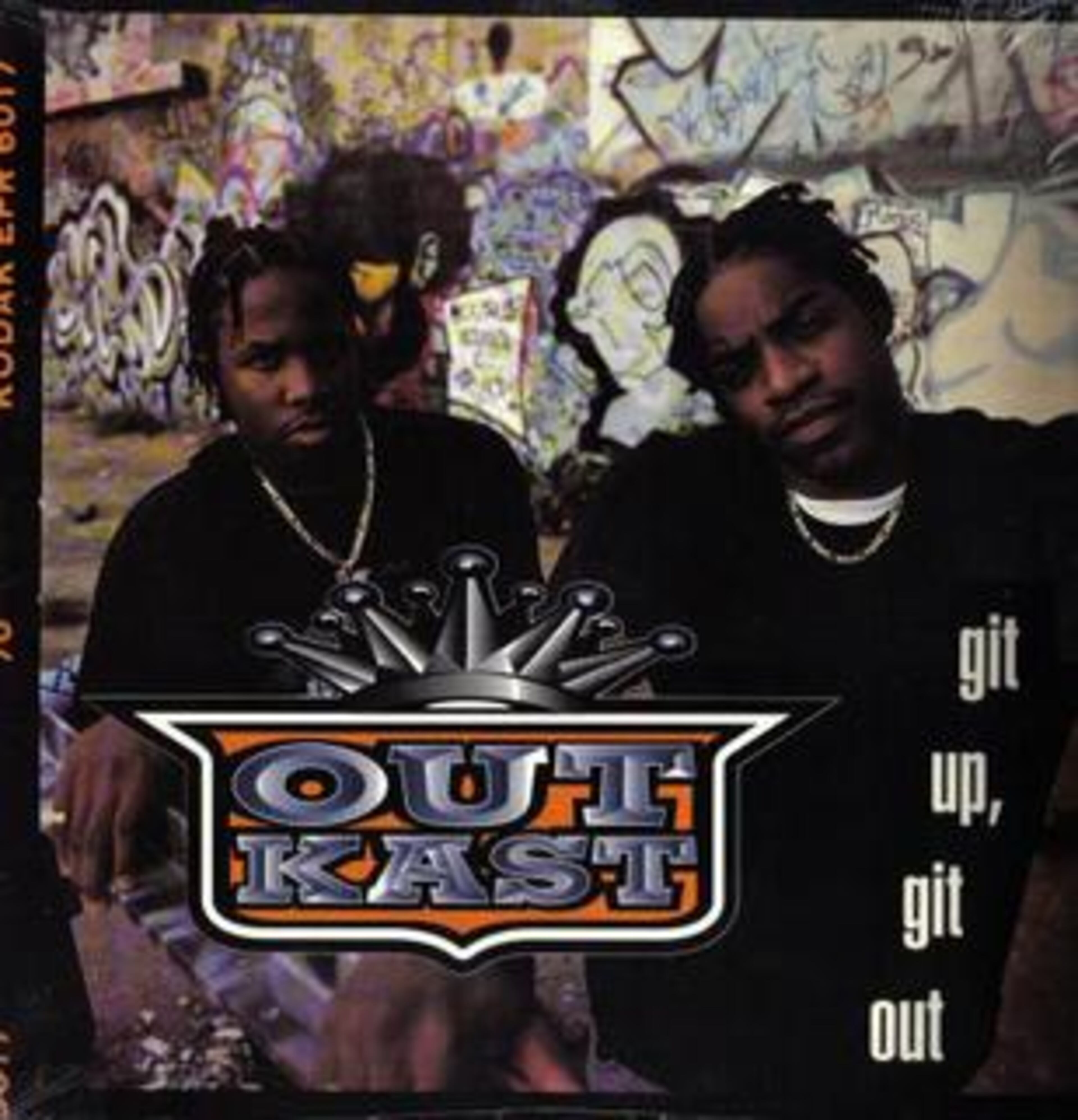
1994 – Southernplayalisticadillacmuzik
Sound: Southern funk-rap, storytelling rooted in Atlanta culture.
Style: Baggy jeans, oversized polos and hoodies. Bucket hats, bandanas and Timberlands.
Aligned with 1990s Southern hip-hop streetwear, but with a little extra flair and details
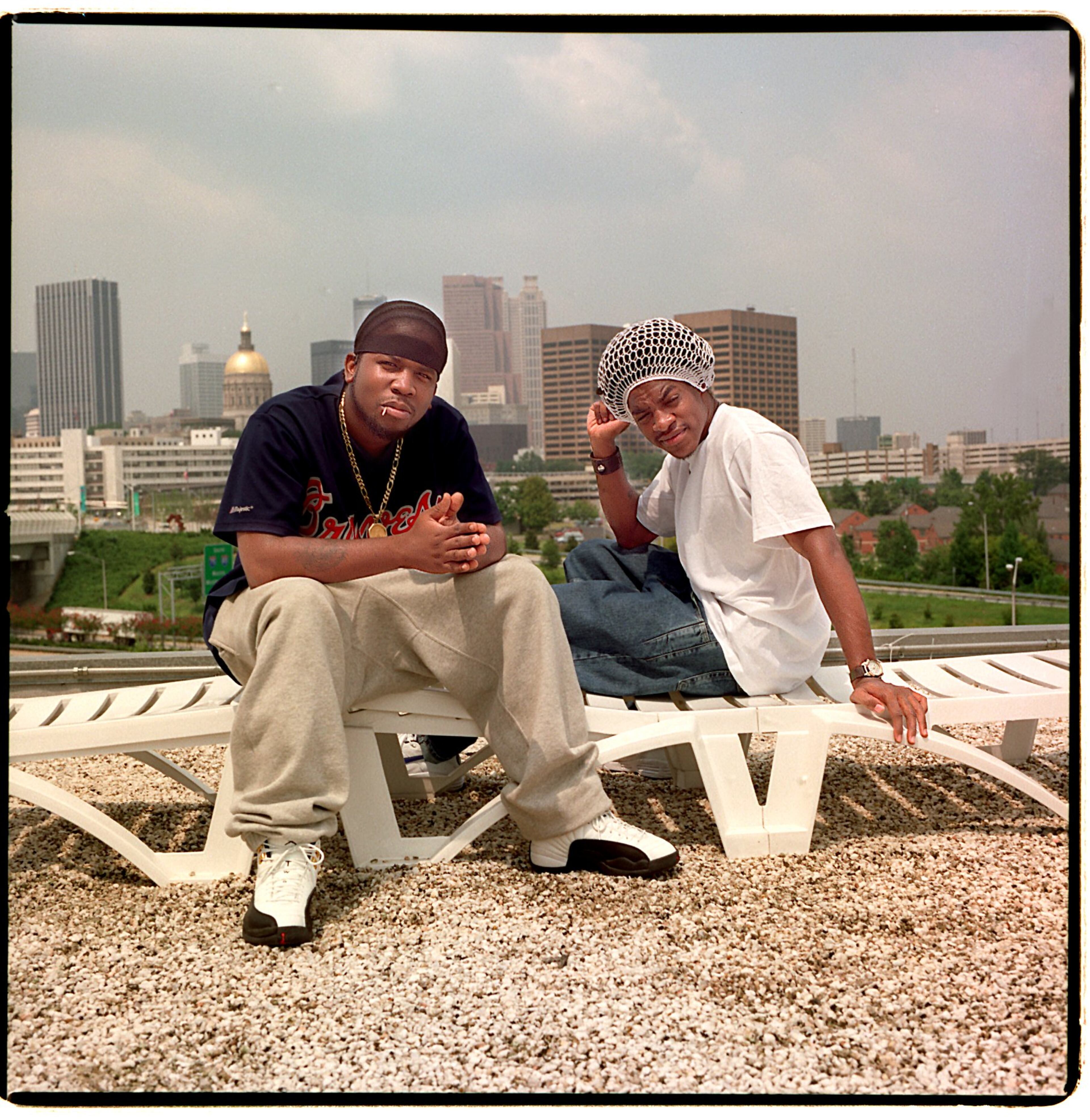
1996 – ATLiens
Sound: Futuristic, spacey, introspective.
Style: André authenticates Afrofuturist and extraterrestrial themes.
André: football pads, turbans, face paint, dreadlocks wrapped in cloth.
Big Boi: leaned into crisp jerseys, caps, and military-style jackets.
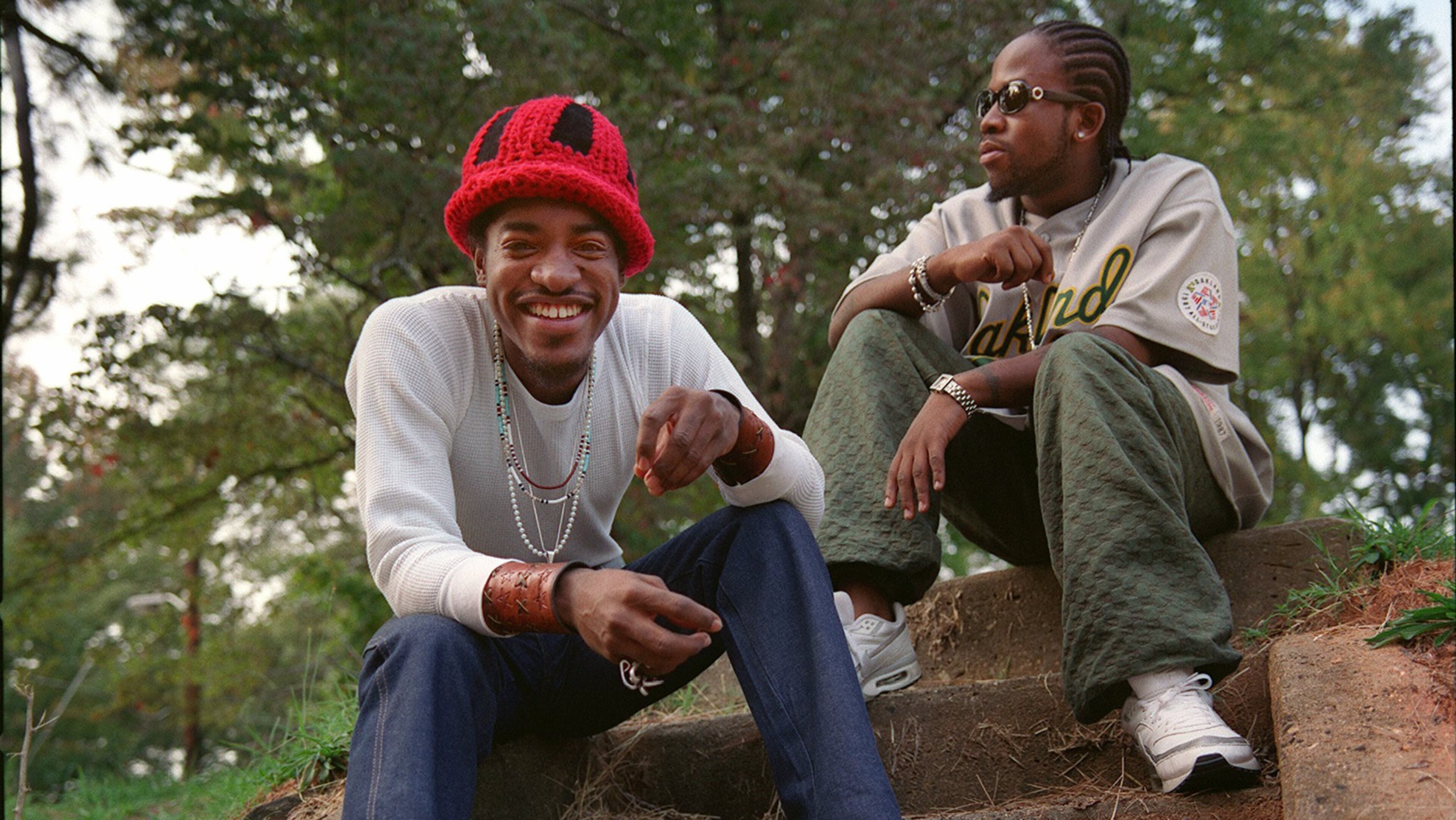
1998 – Aquemini
Sound: Psychedelic funk, soul and hip-hop blend.
Style: Funkadelic-inspired looks: velvet suits, bold prints, bell-bottoms.
André: marching band uniforms, oversized hats, wigs, suspenders.
Big Boi: luxury sportswear, camouflage, street-luxury fashion.
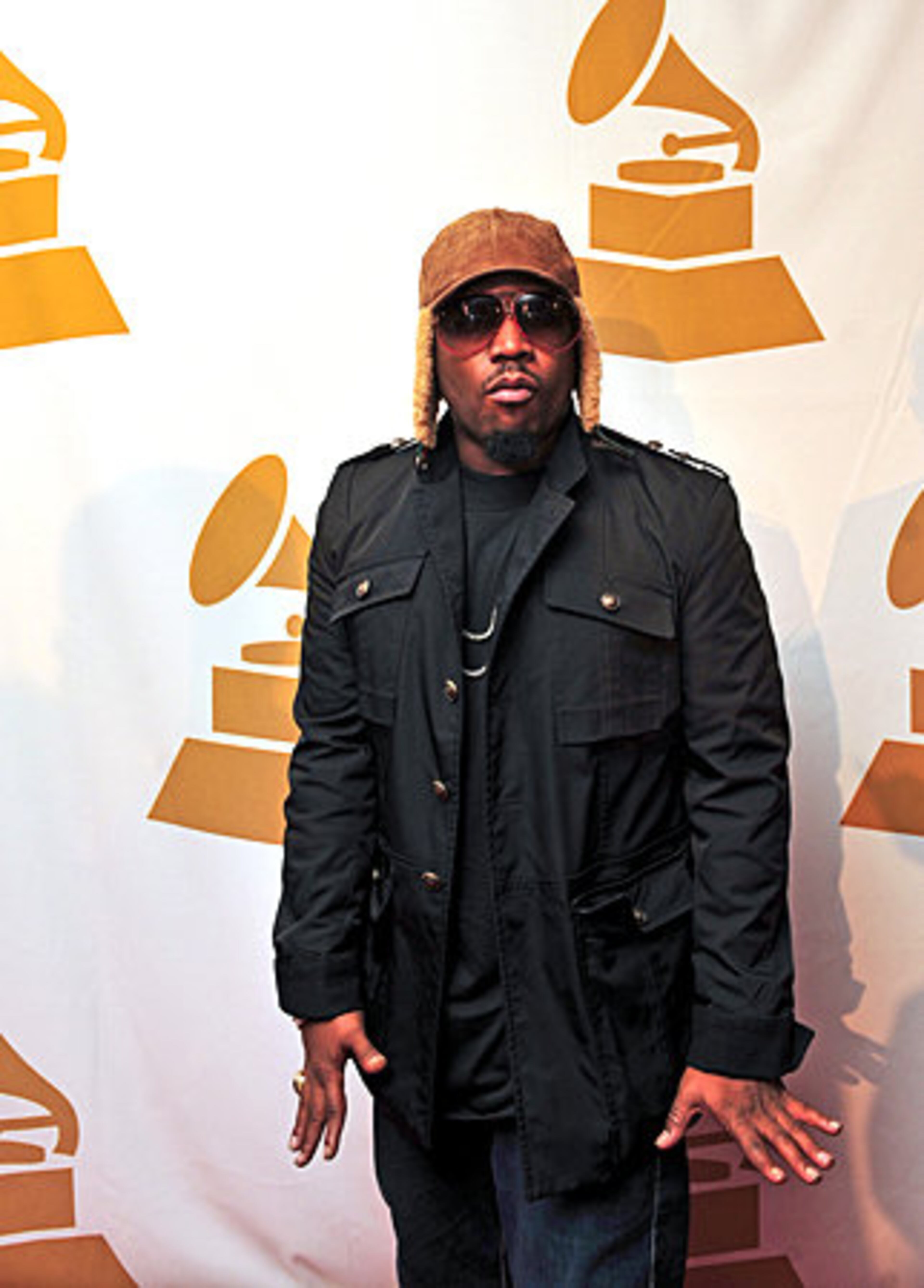

2000 – Stankonia
Sound: Wild, experimental, political, high-energy.
Style: André: wigs, boas, metallic pants, kilt-like skirts, full-on costumes.
Big Boi: Atlanta street luxury — leather jackets, tailored denim, crisp tees.
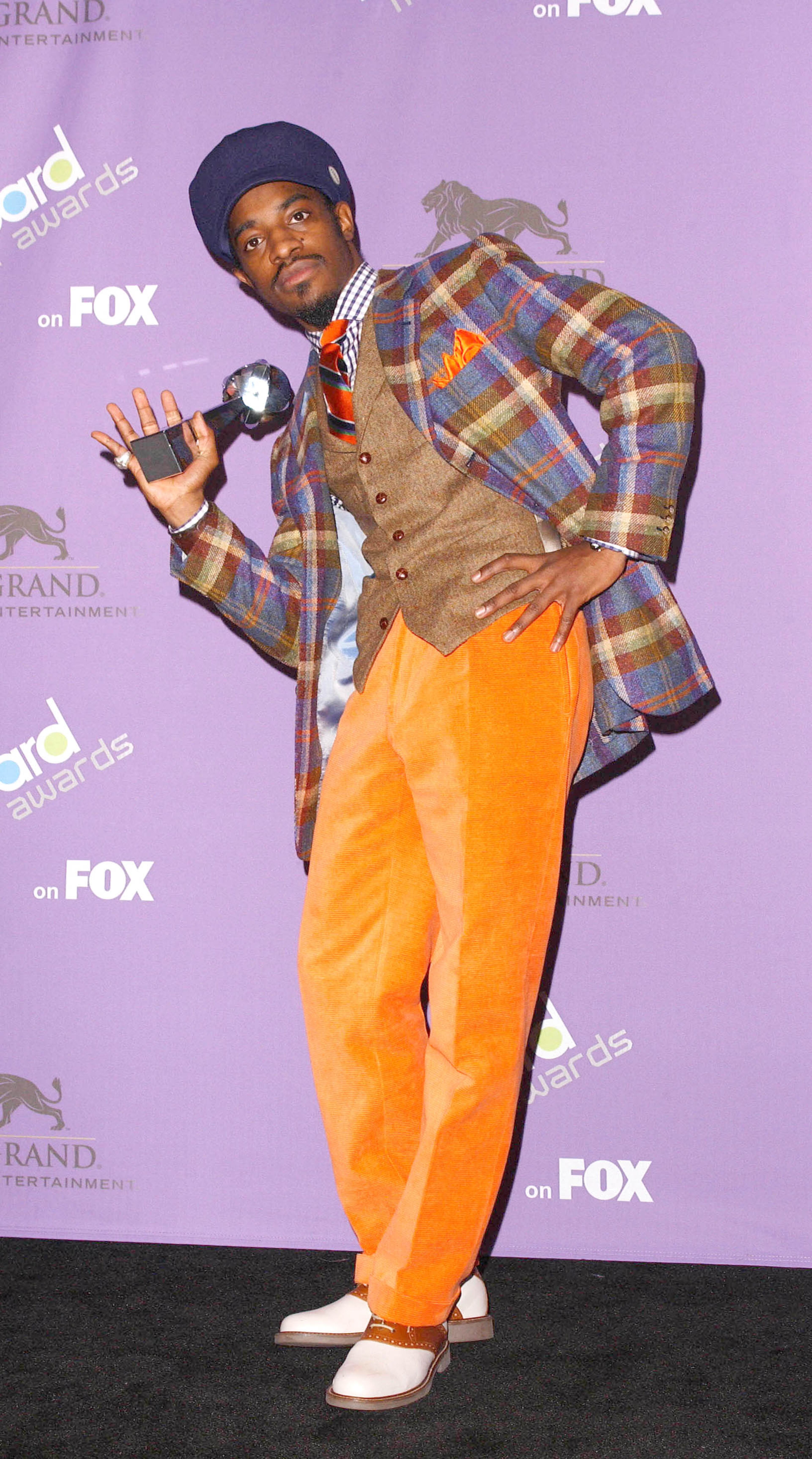
2003 – Speakerboxxx / The Love Below
Sound: Dual personalities — Big Boi’s hard funk-rap vs. André’s romantic jazz-pop.
Style: Big Boi (Speakerboxxx): sharp Southern gentleman — fur coats, designer suits, fitted caps, gold jewelry.
André (The Love Below): Dandy theatrical — pink wigs, tuxedos, ascots, ruffled shirts, suspenders, pastel suits.
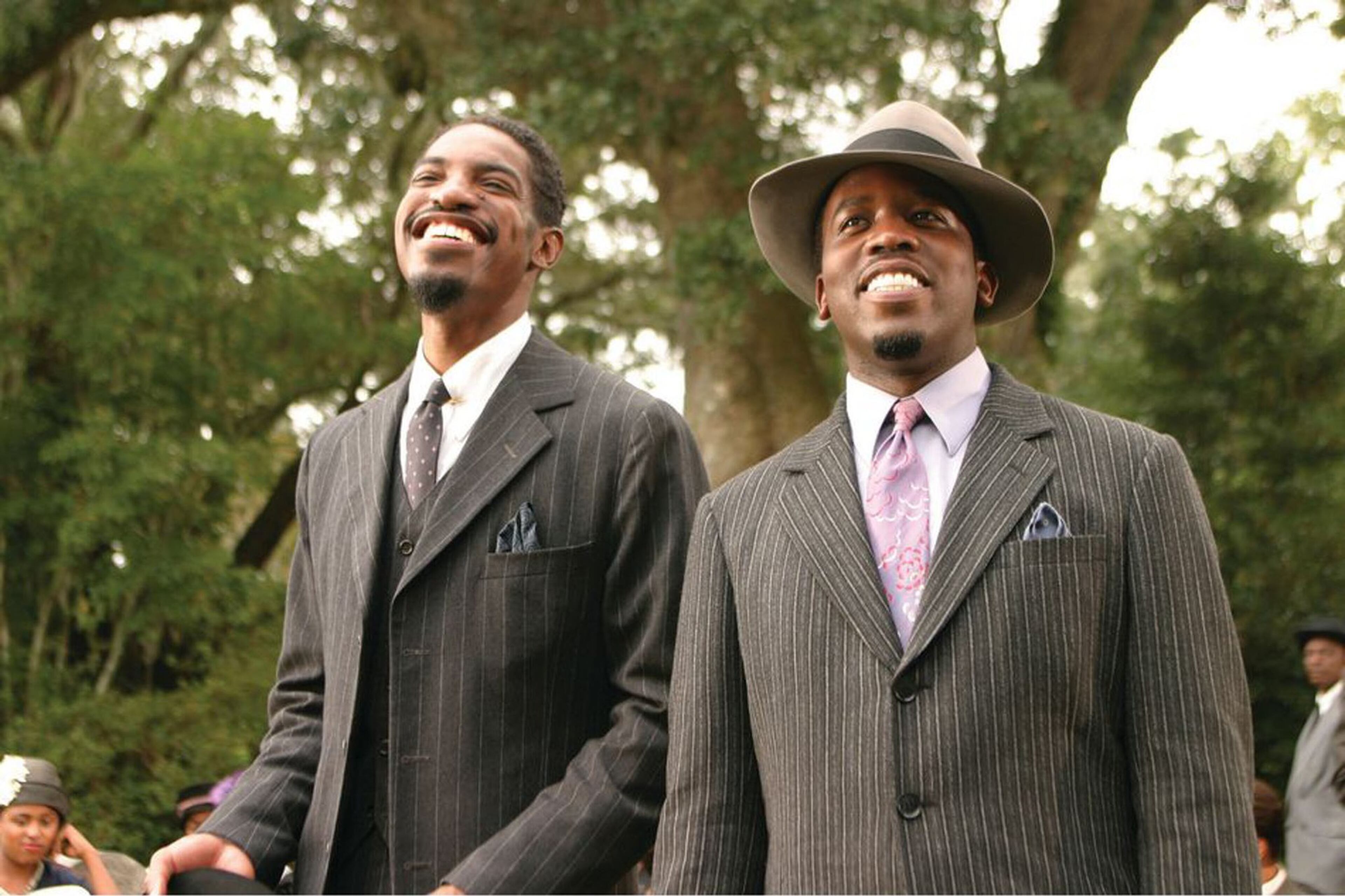
2006 – Idlewild
Sound: A retro 1930s jazz/funk soundtrack with hip-hop infusion.
Style: Period costumes — pinstripe suits, suspenders, bow ties, wingtip shoes.
André embraced flamboyant zoot-suit energy.
Big Boi balanced vintage elegance with hip-hop edge.
Vibe: A fashion homage to Black vaudeville and Harlem Renaissance style.
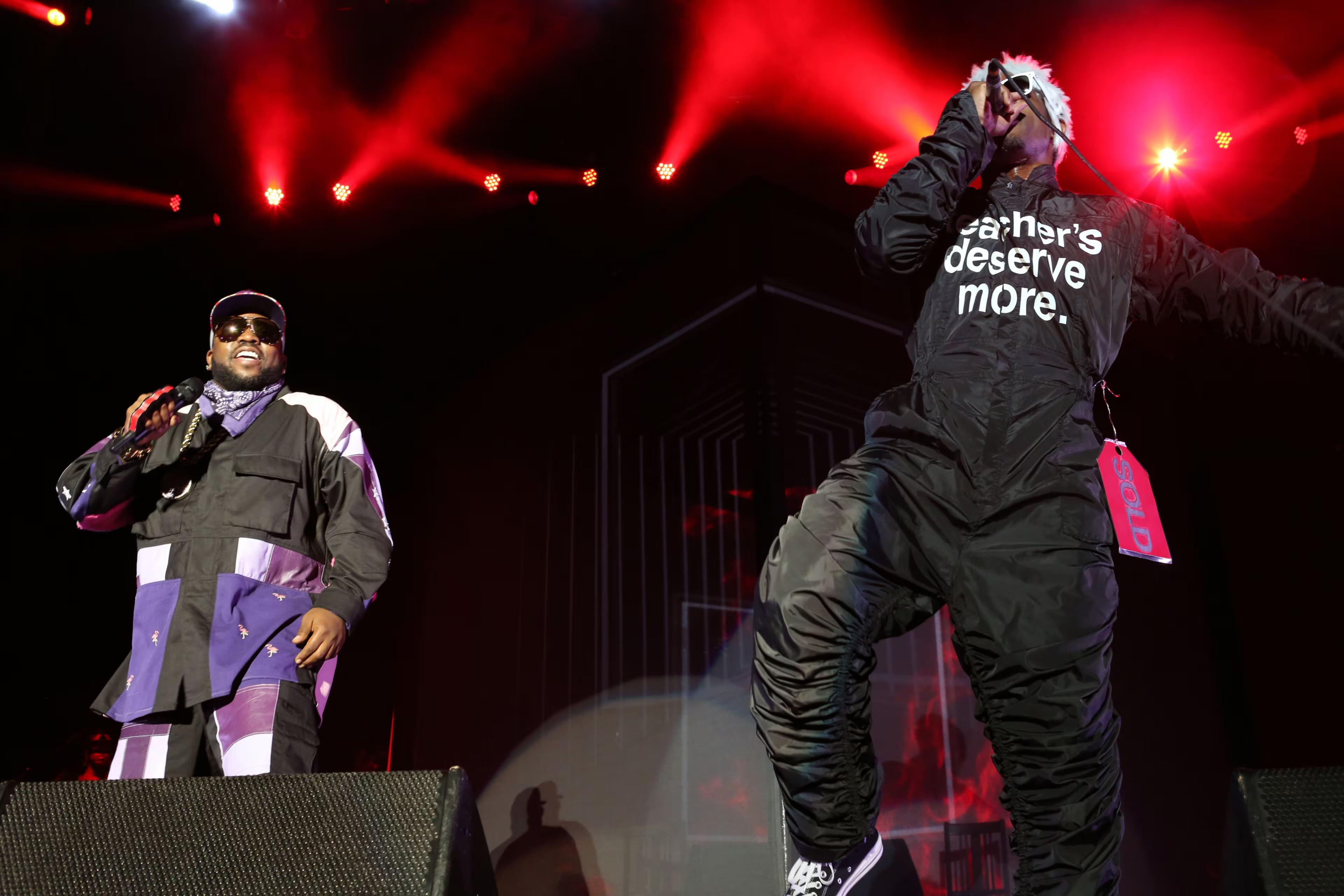
2014 – Reunion Tour (Coachella & Beyond)
Sound: A celebration of their legacy.
Style: André: jumpsuits with provocative slogans (“Across cultures, darker people suffer most. Why?” / “OK HANDS UP DON’T SHOOT”) paired with platinum wigs.
Big Boi: Keeps it classic — fitted hats, leather jackets, gold chains, sneakers.
Style is indeed the stage for the lyrics. Outkast has used the stage to present the world with meaningful and powerful lyrics. To boot, their style has been rooted in commonality — see Big Boi’s fitted hats and sneakers — to provocations like the dark jumpsuits worn by André during their reunion tour, featuring printed white lettering that read “OK HANDS UP DON’T SHOOT.”
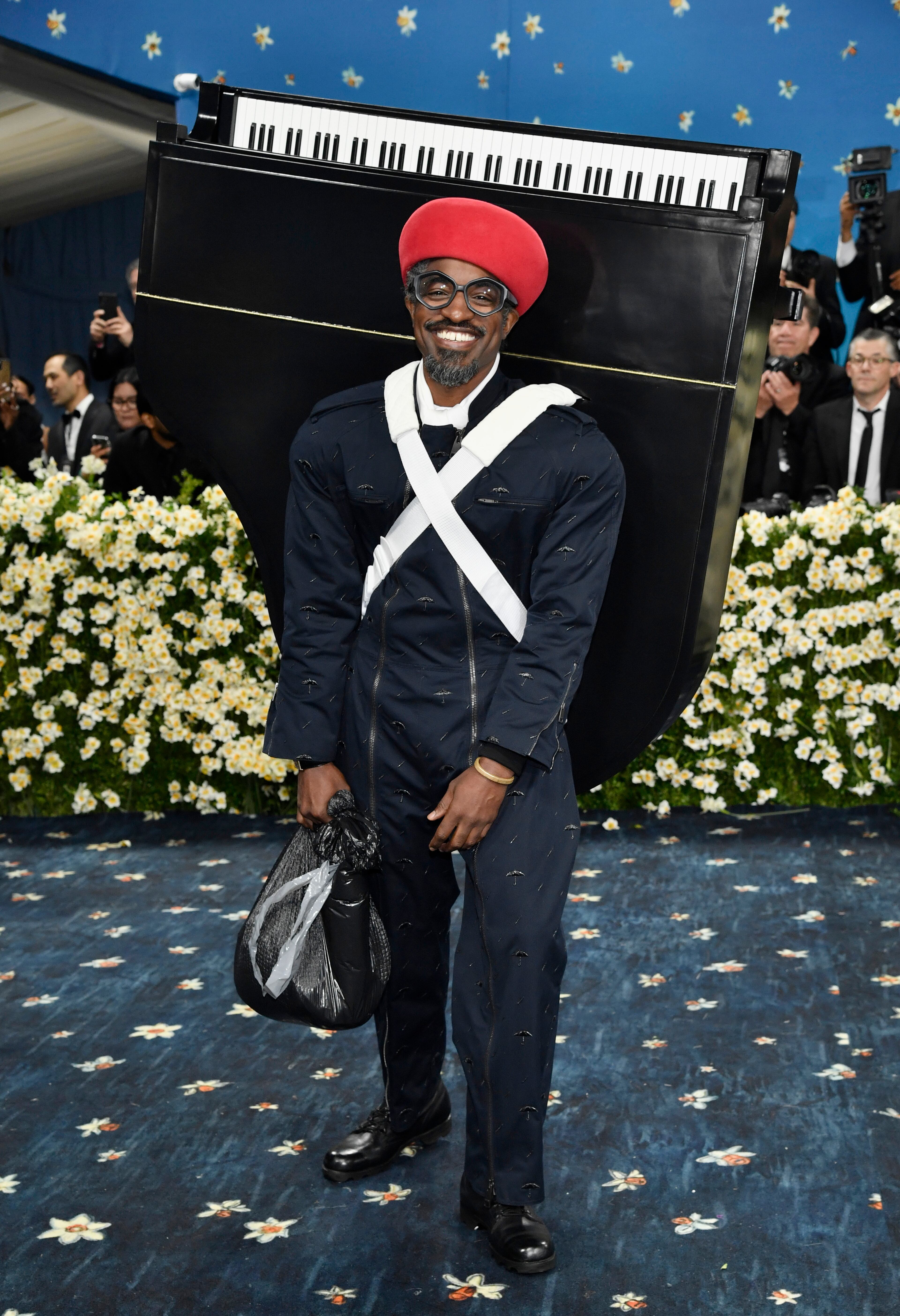
Here’s my final synopsis: Outkast started with Southern hip-hop streetwear. They migrated into Afrofuturist funk surrealism (a.k.a., wearing a piano on one’s back at the 2025 Met Gala) and divided and conquered with dandyism and street-wear luxury, using fashion and style as the stage for lyrical engagement and social commentary.
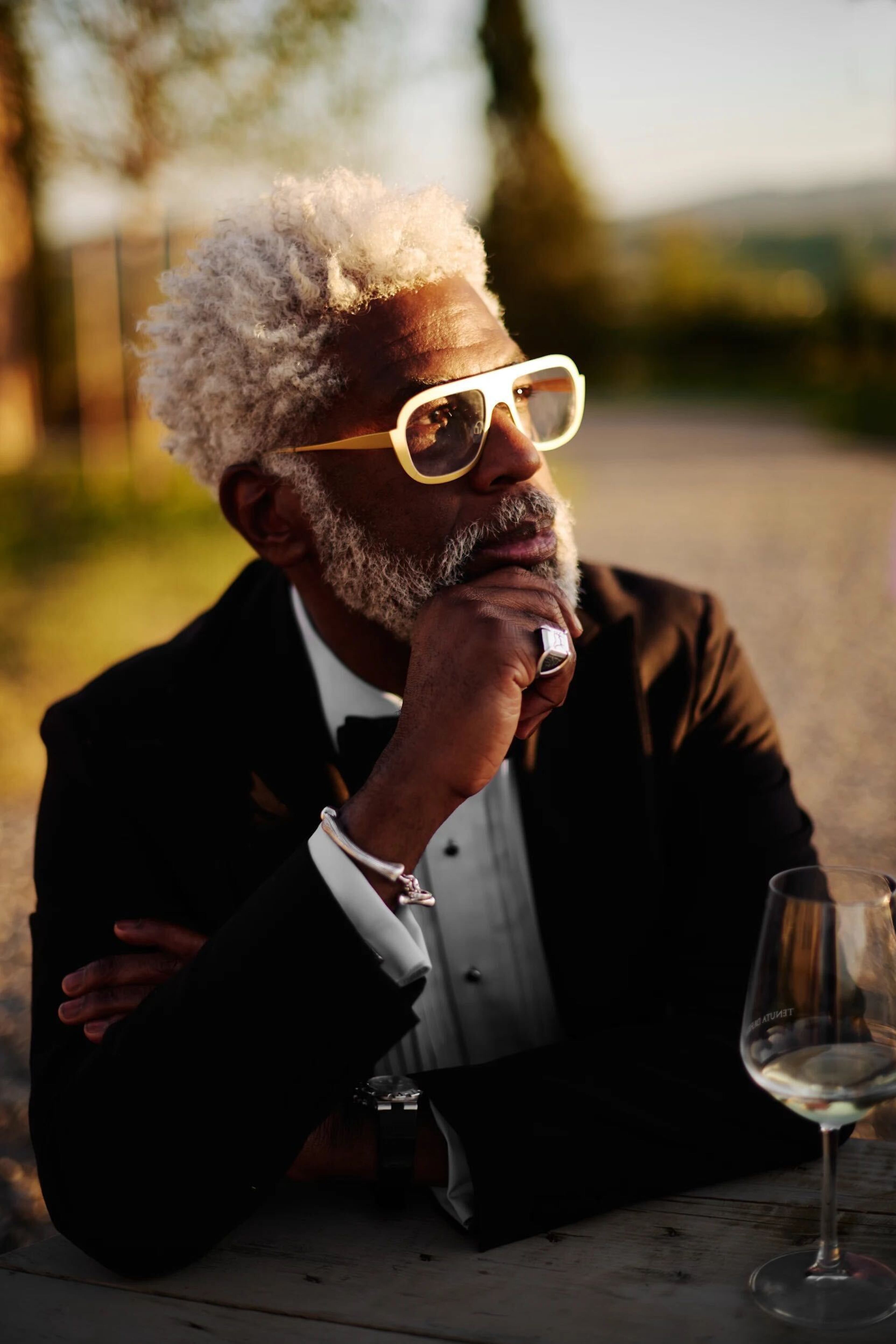
In 2025 and beyond, with confidence, Outkast’s style is one that can be worn for a myriad of events and activities. Certainly it plays at your next party or concert, whether you plan to roll up in Prada or show up in a preppy, futuristic Benjamin Bixby look.
Don’t forget to always practice my simple guideline of OTP: Occasion, Time and Place. And remember, you can wear a gold chain or a turban, but don’t wear them together.
Stay fresh. Stay clean.
Follow UATL on Facebook, on X, TikTok and Instagram.